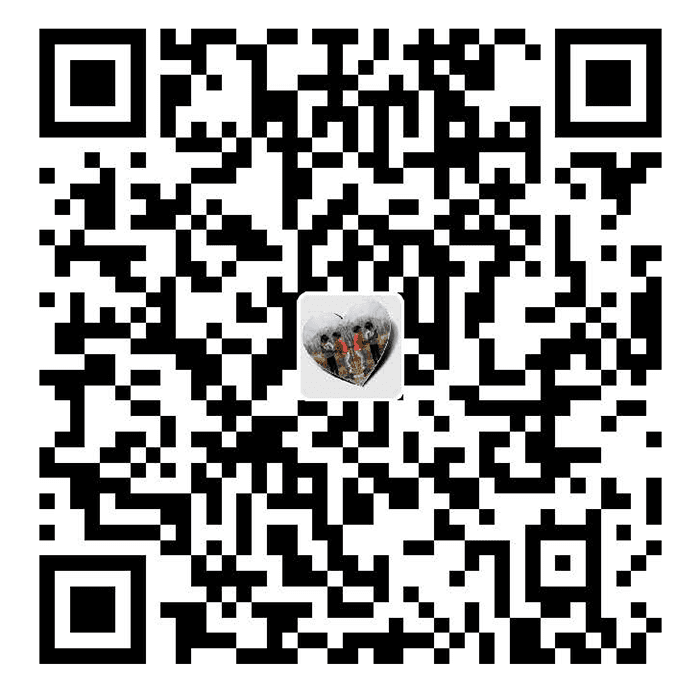绝对居中问题
基本思路:将设置了绝对定位的子元素水平和垂直偏移50%,然后在水平和垂直方向分别偏移负自身宽高的一半,示意图如下:
1
2
3
4
5
6
7
8
9
10
11
12
13
14
15
16
17
18
19
20
21
22
23
24
25
26
27
28
29
30
31
|
<div id="parent">
<div id="son">
<div id="cont"></div>
</div>
</div>
<style>
#parent{
width: 500px;
height: 300px;
position: relative;
background-color: rgb(46,95,62);
}
#son{
width: 250px;
height: 150px;
position: absolute;
left: 50%;
top: 50%;
}
#cont{
width: 100%;
height: 150px;
margin-left: -50%;
margin-top: -75px;
background-color: rgb(23,48,31);
}
</style>
|
- 优点:兼容性好,代码量少
- 不足:子元素的宽高需要确定,对于高度自适应的容器会带来问题,建议把盒子设置成box-sizing:border-box
基本思路:将设置了绝对定位的子元素水平和垂直偏移50%,然后用transforms属性值将子元素偏移负自身宽高的一半
1
2
3
4
5
6
7
8
9
10
11
12
13
14
15
16
17
18
19
20
21
22
23
|
<div id="parent">
<div id="son"></div>
</div>
<style>
#parent{
width: 500px;
height: 300px;
position: relative;
background-color: rgb(46,95,62);
}
#son{
width: 250px;
height: 150px;
position: absolute;
left: 50%;
top: 50%;
transform: translate(-50%,-50%);
background-color: rgb(23,48,31);
}
</style>
|
- 优点:支持子容器高度自适应;适用于响应式布局环境;移动浏览器支持较好;代码量少
- 不足:不支持IE8及以西啊浏览器;需要添加浏览器私有前缀;translate可能受transform其他子属性值的影响
基本思路:通过display中的table和table-cell属性,模拟表格布局
1
2
3
4
5
6
7
8
9
10
11
12
13
14
15
16
17
18
19
20
21
22
23
24
25
26
27
|
<div id="parent">
<div id="son">
<div id="cont"></div>
</div>
</div>
<style>
#parent{
width: 500px;
height: 300px;
display: table;
background-color: rgb(46,95,62);
}
#son{
display: table-cell;
vertical-align: middle;
}
#cont{
width: 50%;
height: 50%;
margin: auto;
background-color: rgb(23,48,31);
}
</style>
|
- 优点:支持高度自适应;可适应响应式环境;适用于多个子元素水平垂直居中环境;兼容性好;
- 不足:需要额外标签
基本思路:将子容器和任一伪元素设置为行内块及水平居中,然后对父容器文本居中,示意图如下:
1
2
3
4
5
6
7
8
9
10
11
12
13
14
15
16
17
18
19
20
21
22
23
24
25
26
27
28
29
30
|
<div id="parent">
<div id="son"></div>
</div>
<style>
#parent{
width: 500px;
height: 250px;
text-align: center;
overflow: auto;
background-color: rgb(46,95,62);
}
#parent:after{
content: '';
display: inline-block;
vertical-align: middle;
height: 100%;
width: 0;
}
#son{
width: 250px;
height: 150px;
display: inline-block;
vertical-align: middle;
background-color: rgb(23,48,31);
}
</style>
|
- 优点:支持子元素高度自适应;适应于多个子元素水平垂直居中环境;兼容性良好,IE7及以上支持
- 不足:当存在多个子容器时,注意盒子之间的间隙
5. 伸缩盒模型 在线示例
基本思路:使用flexbox弹性盒模型设置居中
1
2
3
4
5
6
7
8
9
10
11
12
13
14
15
16
17
18
19
20
| <div id="parent">
<div id="son"></div>
</div>
<style>
#parent{
width: 500px;
height: 300px;
background-color: rgb(46,95,62);
display: flex;
align-items: center;
justify-content: center;
}
#son{
width: 250px;
height: 150px;
background-color: rgb(23,48,31);
}
</style>
|
- 优点:不需要设置子元素的宽高;适用于任意子元素水平垂直居中环境;
- 不足:IE10及以上兼容,高级浏览器也部分存在兼容问题;需要添加浏览器私有前缀;可能存在性能问题。
6. 绝对居中块 在线示例
基本思路:设置子元素外边距auto及四个方向的偏移值为0做到水平垂直居中
1
2
3
4
5
6
7
8
9
10
11
12
13
14
15
16
17
18
19
20
21
22
23
24
25
|
<div id="parent">
<div id="son"></div>
</div>
<style>
#parent{
width: 500px;
height: 300px;
background-color: rgb(46,95,62);
position: absolute;
}
#son{
width: 40%;
height: 40%;
background-color: rgb(23,48,31);
margin: auto;
position: absolute;
top: 0;
right: 0;
left: 0;
bottom: 0;
}
</style>
|
- 优点:支持IE8及以上;代码量少,便签结构简单;通过用%设置宽高值实现适用于响应式环境的目的
- 不足:高度必须定义

